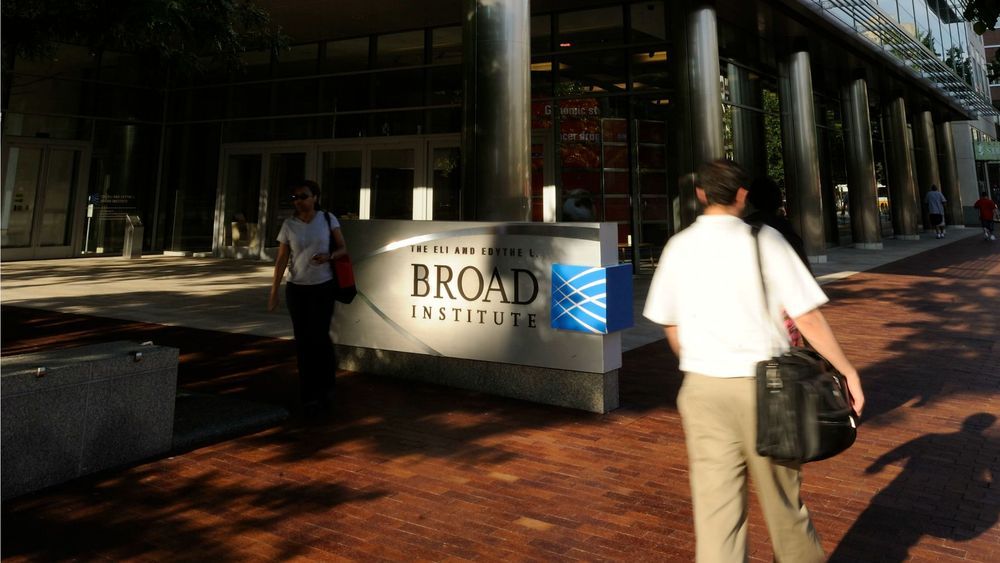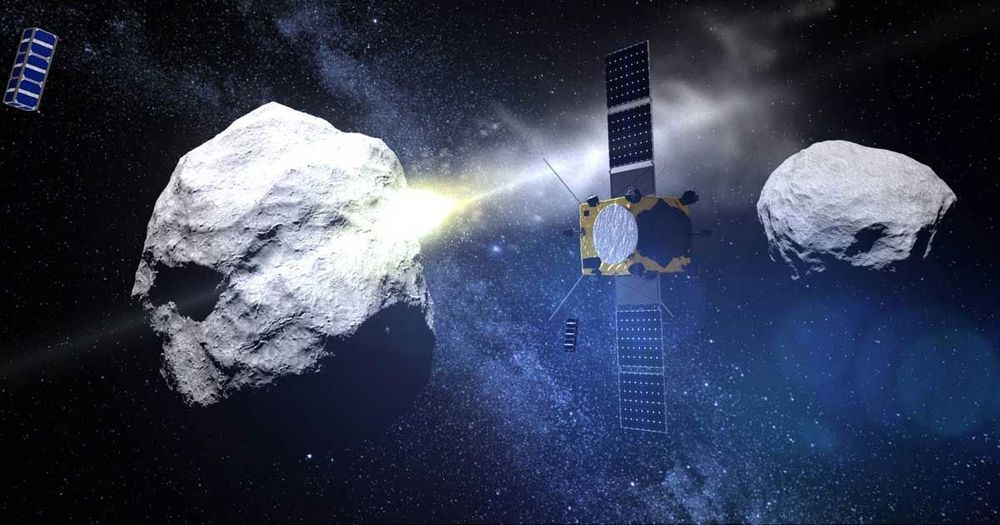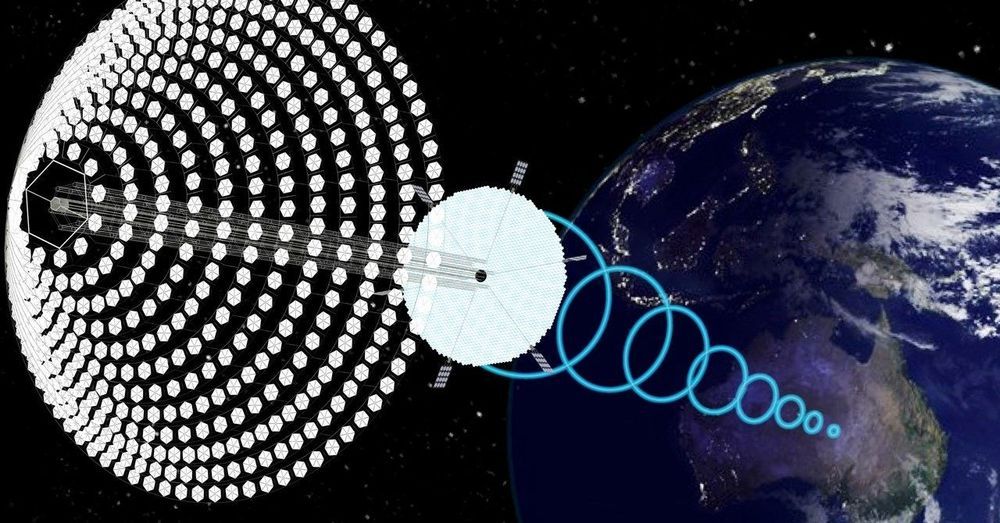Cyrus Biotechnology has teamed up with the Broad Institute to optimize CRISPR for use in humans. Feng Zhang, who had a hand in developing CRISPR, will serve as the Broad’s principal investigator for the collaboration.
One concern with using CRISPR-Cas9 to perform in vivo genome editing stems from the risk that the body will mount an immune response against the system. Those concerns have grown as researchers have shown that many people have antibodies against Cas9, reflecting the fact that the homologs of the protein used in genome editing systems are derived from bacteria that commonly infect people.
Cyrus, which lists Johnson & Johnson among its customers, thinks its technology can mitigate the risk of an immune reaction. That confidence reflects Cyrus’ experience of using software to identify and work around the epitopes in protein therapeutics that cause immunogenicity.






